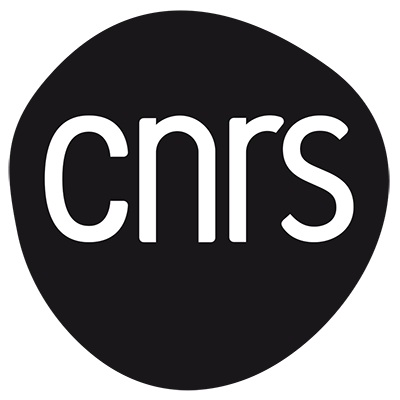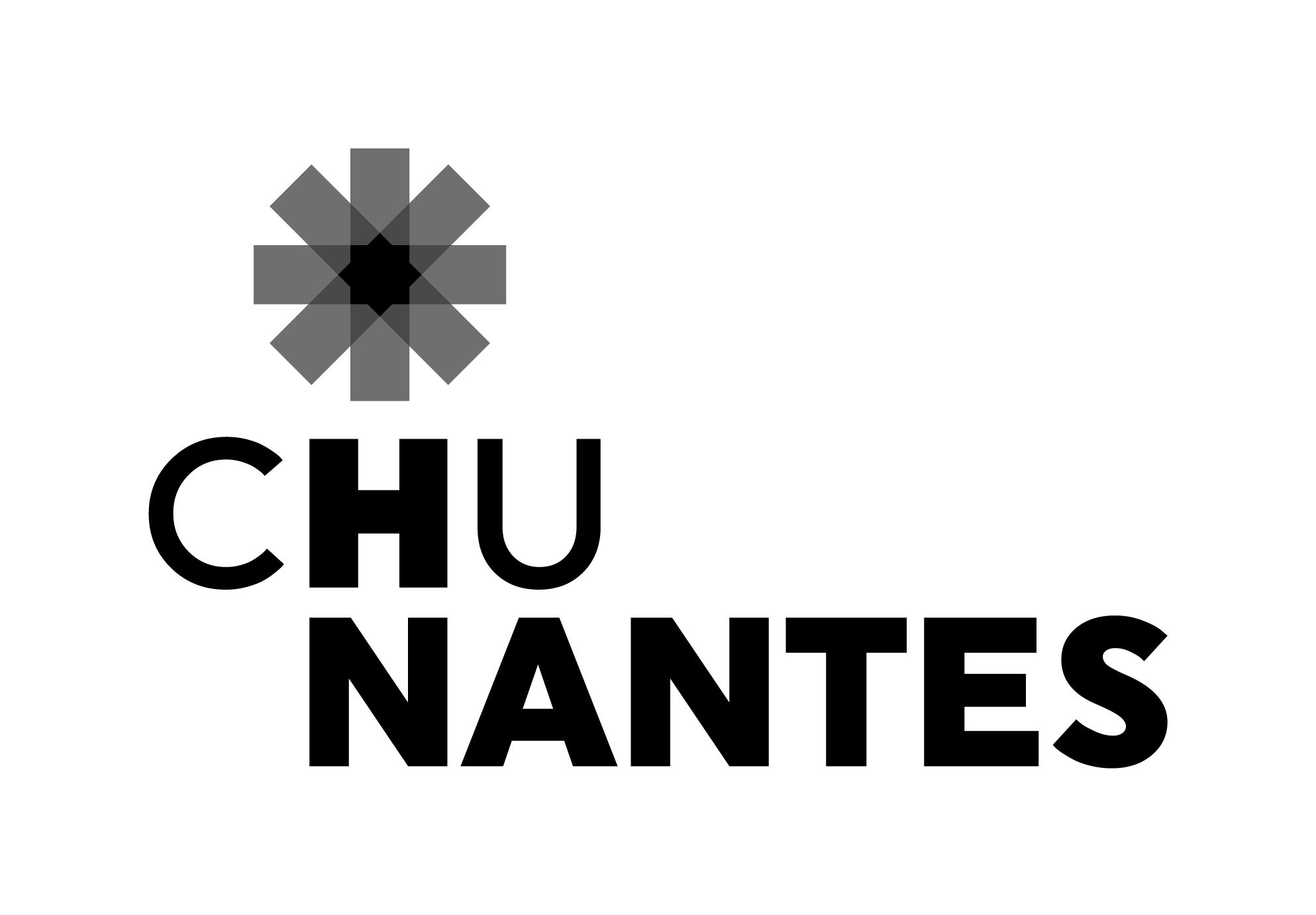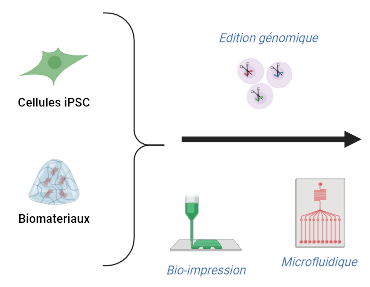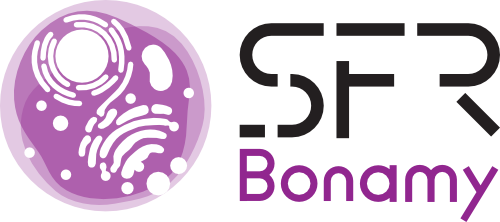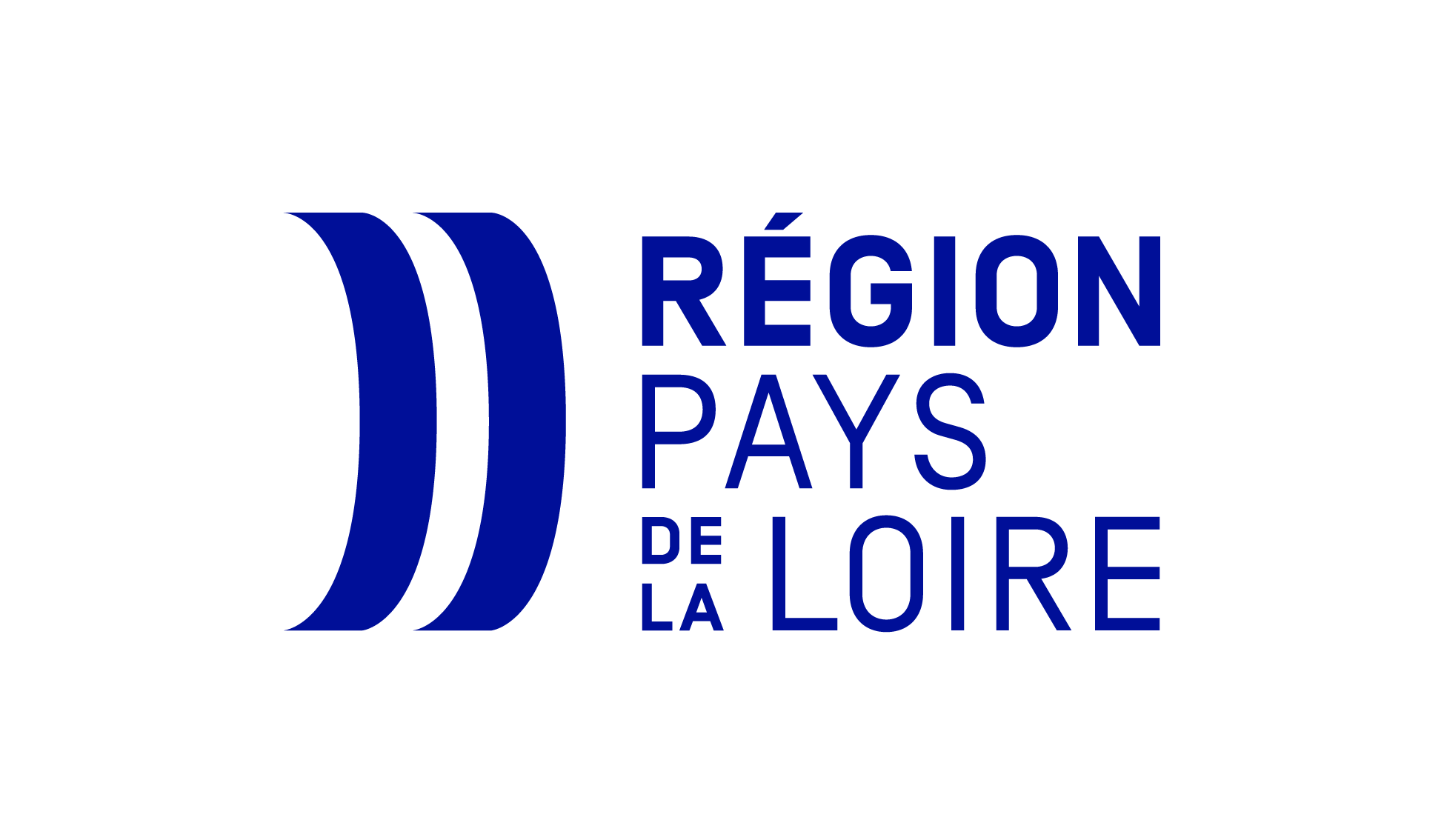Organoids Infrastructure Nantes
A unique offering of integrated services covering all areas of expertise in organoids from the laboratories and platforms at the Nantes site.
Expertise
The ION research infrastructure provides organoid models to the scientific community and healthcare companies. To do this, ION brings together expertise from laboratories in Nantes, focusing on the use and study of several types of organoids (e.g. organ avatars) representing all the organs and diseases studied, as shown in the diagram below.
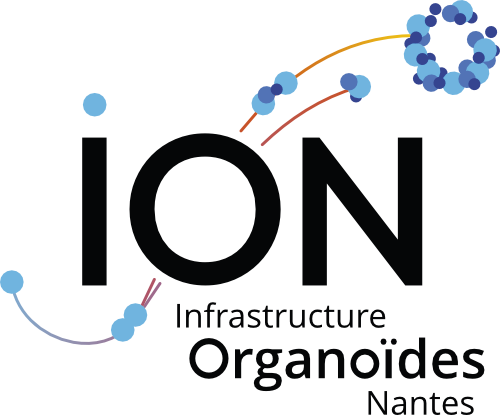
Contacts
infrastructure-organoides@univ-nantes.fr
Maxime Mahé, scientific manager – chercheur UMR1235 TENS
Laurent David, deputy scientific manager – iPSC core facility scientific manager
ORGANOIDS PRODUCTION
Scientific in the Nantes region have pooled their expertise to offer you a comprehensive multi-organ study service.
Brain
Thymus
Lung / Mesothelium
Heart
Liver
Intestine / Enteric nervous system / Digestive system
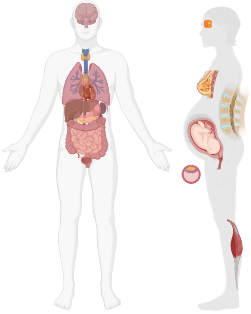
Organs for which at least one team in Nantes has developed an organoid, spheroid or tumoroid
Retina
Breast / Mammary gland
Intervertebral disc / Bone sarcoma
Endometrium / Placenta / Trophoblast / Blastocyst
Skeletal muscle
ORGANOIDS ANALYSIS
The teams at the Nantes core facilities are also able to characterise the generated 3D structures.

Imaging Transcriptomic Cytometry Biomechanics Cellular models
MicroPICell Core Facility GenoA Core Facility Cytocell Core Facility Bio3 Core Facility Therassay Core Facility
--------------------------------------------------------------------------
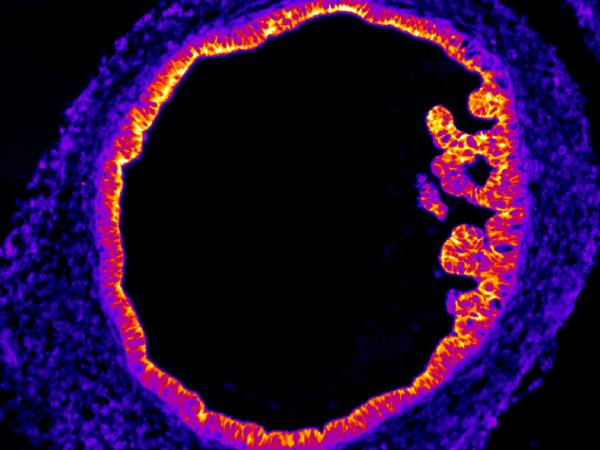

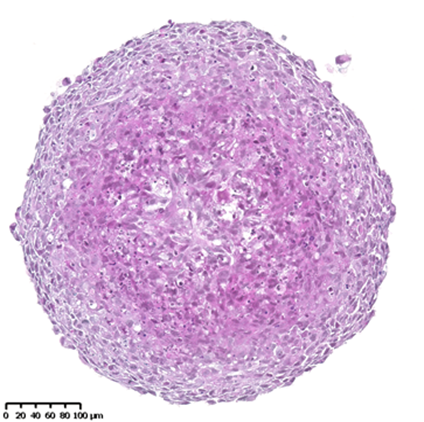
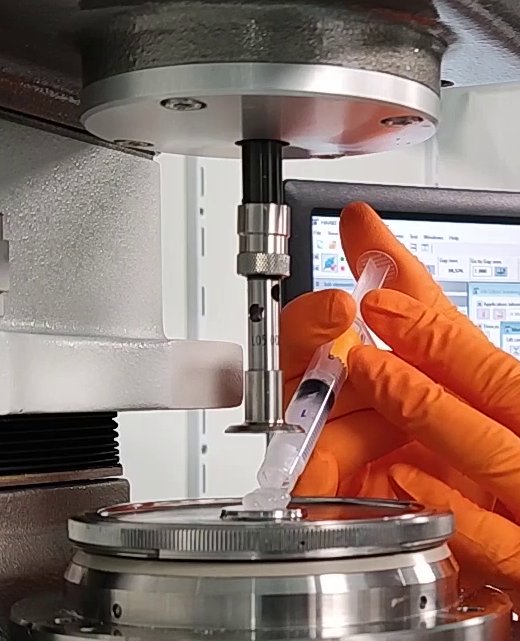
HIO/Intestin ©Maxime Mahé Blastocyste ©Laurent David MCTS/mésothélium ©Christophe Blanquart Rhéomètre ©PF Bio3
Find out more
Organoids are cellular models that are an intermediate step between monolayer cell cultures and in vivo models. They have been developed thanks to advances in stem cell culture and differentiation, as well as 3D culture, over the last few decades. These three-dimensional models have the advantage of being produced from cells of the same species, unlike animal models. Using them therefore makes it possible to replicate physiological and/or pathophysiological conditions more closely, thereby increasing our knowledge of tissue function in the presence or absence of external molecules.
These rapidly developing technologies meet the requirement to reduce the use of animal models in accordance with the 3Rs principle (FC3R)
- All scientists in the Loire and Western France regions who are developing or studying organoids are listed on a map available on thePage OuestOïd (projet fédérateur Biogenouest)
- Learn more about organoids - Demystification: understanding organoids and their applications
- The TENS laboratory has popularised its work on intestinal organoids in the form of an O'tablo
NEWS
ION organised the 2025 edition in Nantes from 7 to 11 July.
To refresh your memory or discover the expertise presented and discussions that took place:
- O'TABLO : 3 examples of expertise from Nantes
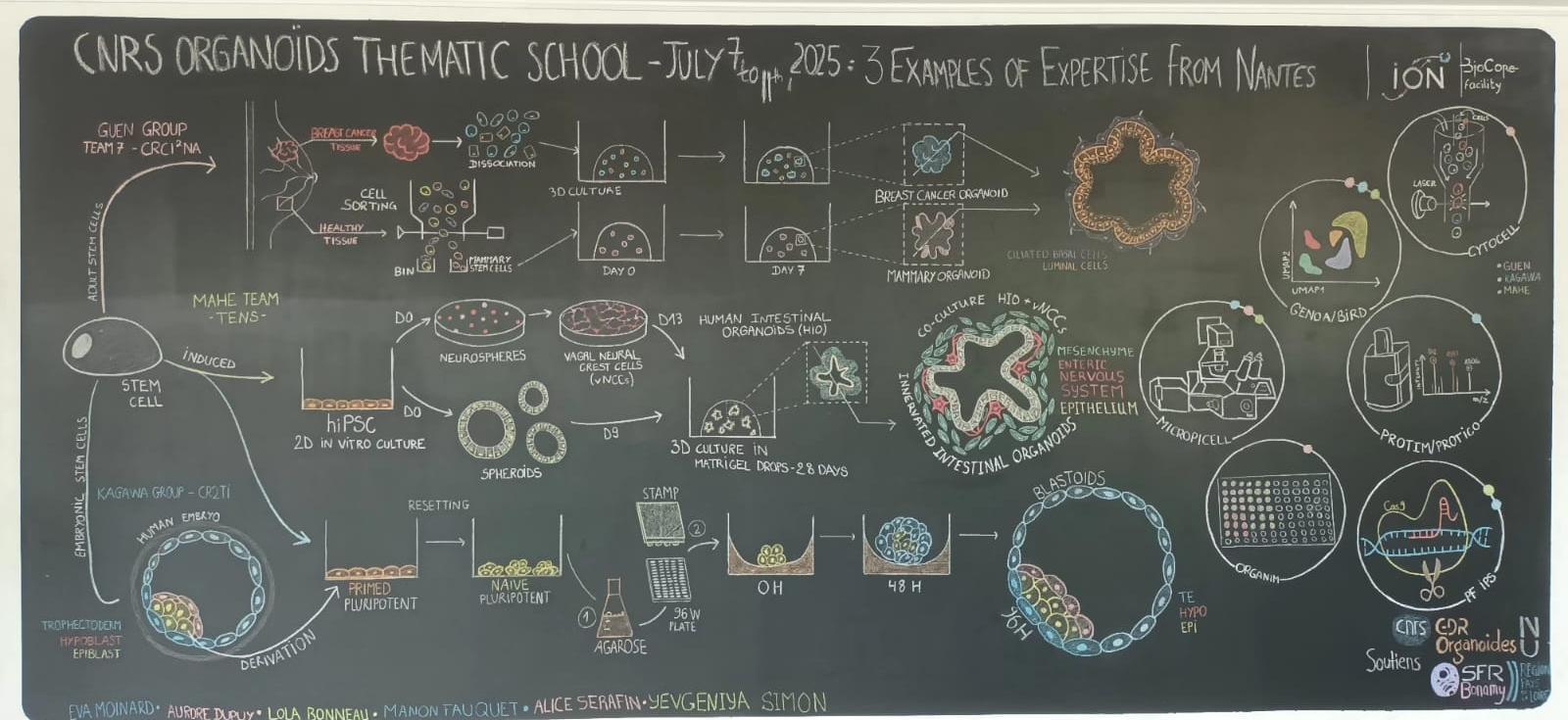
- MIND MAP : If I had to explain to other scientists what is happening today in the organoid community, where would I start? ( produced by Laurine Capdeville)
©CNRS, Inserm, Nantes Université, ION Biocore Facility, Laurine Capdeville
This MIND Map may only be used for non-commercial purposes, with attribution to the author, including for derivative works (in the case of reuse of part of the drawings in other contexts, in particular).
- Visual summary of discussions at the thematic school of CNRS on organoids. (produced by Laurine Capdeville)
This visual summary may only be used for non-commercial purposes, with attribution to the author, including for derivative works (in the case of reuse of part of the drawings in other contexts, for example).


